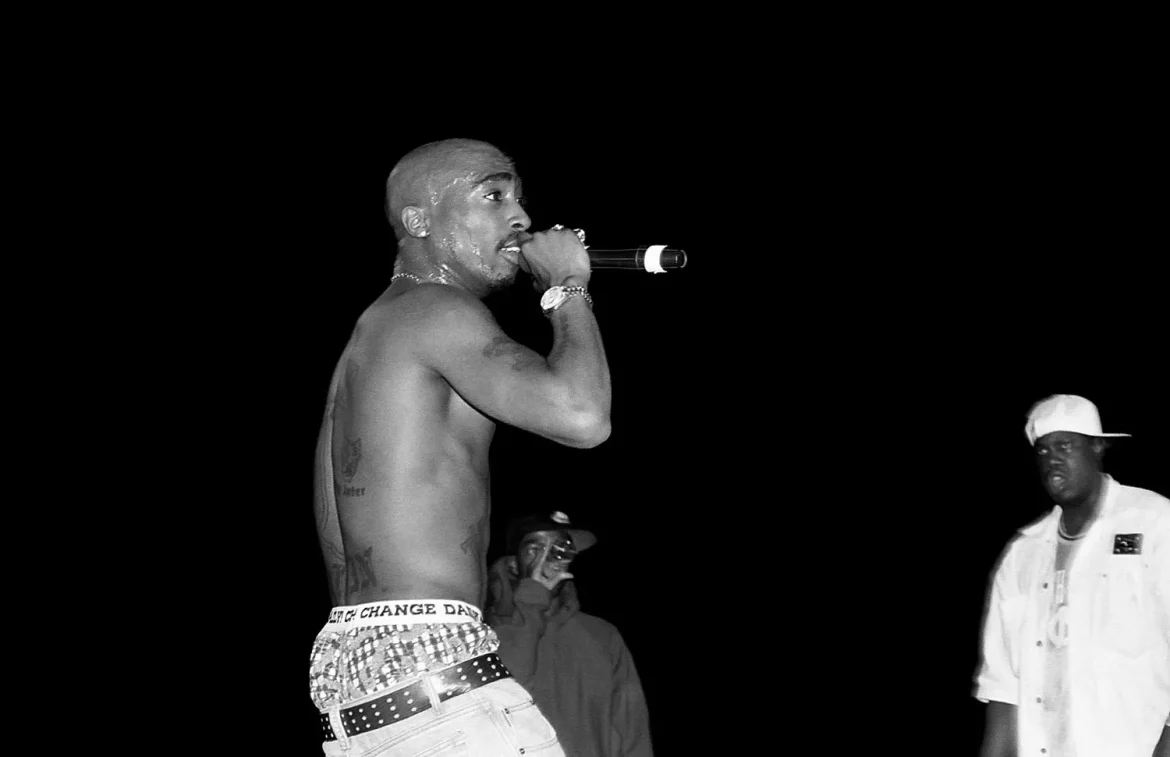Rap music has long been a significant cultural force, shaping not only the music industry but also broader societal norms and values. One aspect of rap music that has garnered considerable attention and controversy is its relationship with gang culture. This article aims to explore the intricate interplay between rap music and gang culture, shedding light on the various dimensions of this complex narrative.
Origins of Rap Music and its Ties to Gang Culture
In the early 1970s, rap music emerged as a unique form of artistic expression within marginalized African American communities in New York City. At its inception, it served as a medium for artists to voice their struggles, hopes, and aspirations. However, it was also deeply intertwined with the realities of gang life. In neighborhoods marked by poverty and violence, gangs often played a central role in shaping the local culture, and rap music reflected these experiences. Early pioneers like Grandmaster Flash and The Furious Five incorporated their firsthand experiences with gang culture into their lyrics, providing a gritty and unfiltered glimpse into life on the streets.
The Evolution of Gangster Rap: A Pinnacle of Rap Music
The 1980s witnessed the rise of gangster rap, a subgenre of rap music that explicitly delved into the experiences and mindset of gang members. Artists like N.W.A and Ice-T were at the forefront of this movement, unapologetically depicting the harsh realities of gang life in their lyrics. Rap music became a vessel for social commentary, reflecting the economic disenfranchisement and systemic racism that plagued these communities. The vivid storytelling in gangster rap songs highlighted the dichotomy between the American Dream and the lived experiences of many young Black individuals caught up in gang culture.
Controversies Surrounding Rap Music and Gang Culture
Rap music and its connection to gang culture have not been without controversy. Critics argue that some artists glorify violence and criminal behavior in their lyrics, potentially perpetuating a cycle of criminality. However, proponents of rap music argue that it serves as a form of artistic catharsis, allowing artists to channel their experiences into creative expression rather than resorting to violence. This debate continues to shape public discourse around the genre.
Mainstream Success and Commercialization of Gangsta Rap
The 1990s saw the commercialization of gangsta rap, with artists like Tupac Shakur and The Notorious B.I.G. achieving mainstream success. This period raised questions about the authenticity of rap music in representing the experiences of those living in gang-infested neighborhoods. Some critics argued that as rap music became more lucrative, it began to lose touch with its roots in street culture, leading to a dilution of its original message. Others, however, saw this era as a testament to the genre’s resilience and adaptability.
Changing Narratives in Modern Rap Music
As we transition into the 21st century, the relationship between rap music and gang culture has evolved. While some artists still draw from their experiences in the streets, many are diversifying their lyrical content. The genre now encompasses a wide range of themes, including social justice, mental health, and personal growth, in addition to its historical ties to gang culture. Artists like Kendrick Lamar and J. Cole have gained critical acclaim for their introspective and socially conscious lyrics, pushing the boundaries of what rap music can convey.
The Impact of Rap Music on Gang Culture and Vice Versa
It is essential to recognize that the relationship between rap music and gang culture is not one-sided. Just as rap music has been influenced by the realities of gang life, it has also shaped the perceptions and behaviors of those within these communities. The genre has provided a platform for marginalized voices to be heard and has catalyzed social movements seeking to address issues like police brutality and systemic racism.
Conclusion: The Ongoing Dialogue
In conclusion, the interplay between rap music and gang culture is a complex and multifaceted narrative. It spans decades and has seen the genre evolve from its gritty, street-level origins to a global cultural phenomenon. While some continue to scrutinize its impact on society, it is undeniable that rap music remains a powerful medium for self-expression and social commentary. As we move forward, the dialogue between rap music and gang culture will continue to evolve, reflecting the ever-changing dynamics of our society.
As we reflect on the intricate relationship between rap music and gang culture, it becomes evident that the genre has transcended its origins while maintaining its authenticity. Whether through its depiction of harsh realities or its advocacy for social change, rap music continues to be a vibrant and influential force in contemporary culture.

